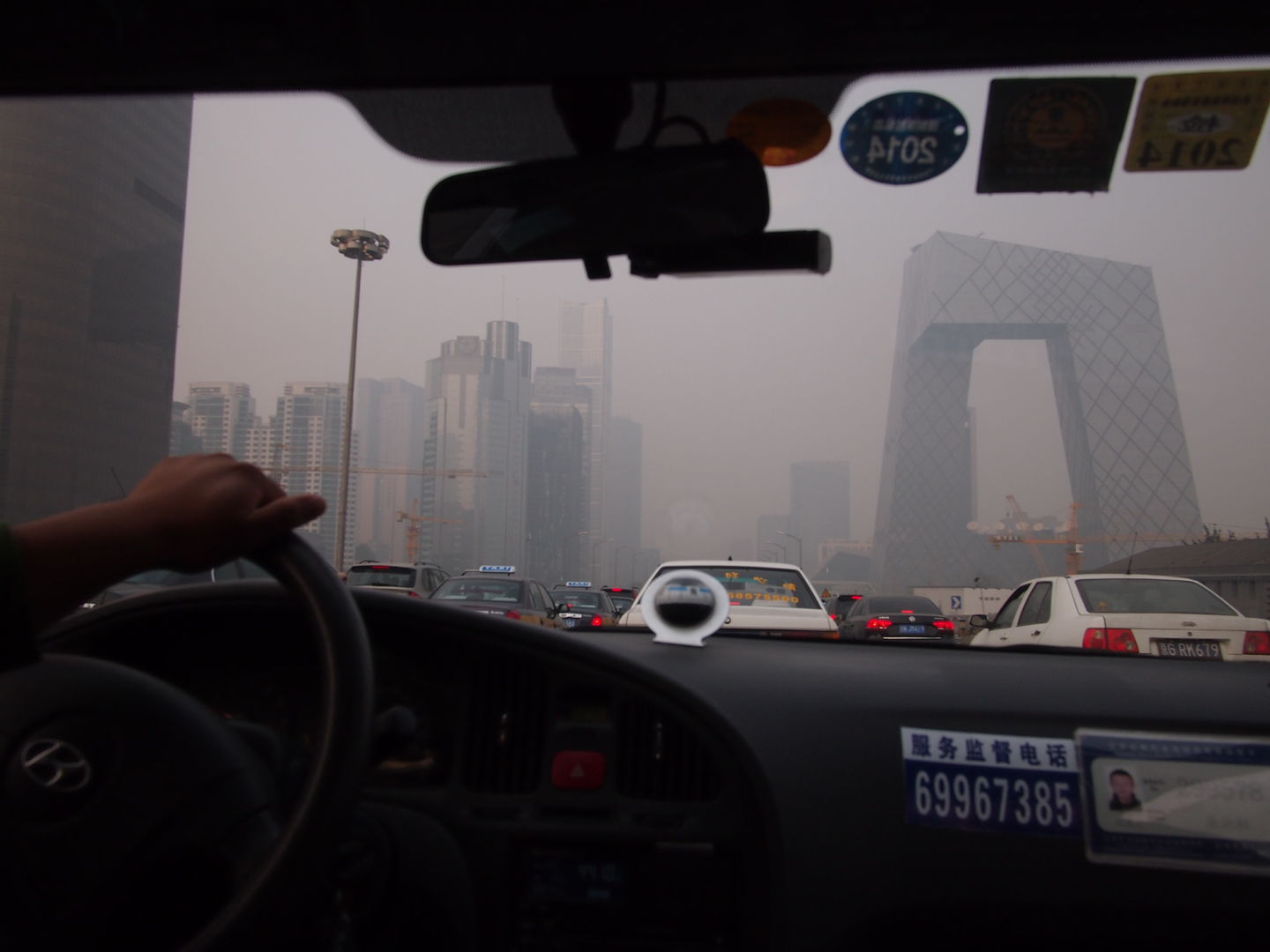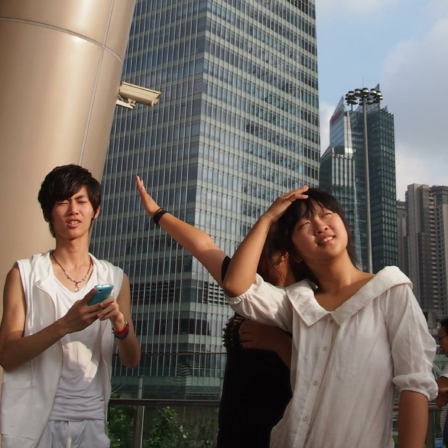In February 2014 air pollution levels in China were possibly the worst in the country’s recent history. The number of A&E patients with respiratory and asthma symptoms rose by a third. The brownish-grey smog that covered Beijing exceeded all the official indices, making the city’s air quality 50 times worse than in Helsinki. The iron and steel mills in nearby Hebei Province were in full swing. No filtering systems were used, so pollutants were discharged directly into the air.
“This is nature’s way of giving us a warning, a red card for the lack of action and the blind pursuit of development,” was the reaction of China’s Prime Minister Li Keqiang on the first day of China’s National People’s Congress on Wednesday 6 March 2014.
China is being forced to take major action. Extensive contamination of air, water bodies and soil is threatening the future of China. The country is presently the world’s largest consumer of coal, accounting for about half of global coal consumption. Nearly two-thirds of the growth in global energy-related carbon dioxide emissions is caused by the burning of coal in China. The largest consumer of coal is heavy industry, for which coal is both an energy source and a raw material. Half of China’s coal is burned by power plants.
China’s Minister of Environmental Protection, Zhou Shengxian, blames air pollution on local governments failing to observe China’s stringent environmental standards. The existing plants and mills generating pollution are allowed to run without using any air filtering or purification technologies and regional environmental protection officials pay no attention.
Acid smog filled with fine particles causes significant health risks. The new urban middle class, which is rapidly becoming wealthier, does not want to see its children falling chronically ill with lung diseases and possibly cancer. The polluted environment is now also becoming a political issue in China, and open general criticism of the Chinese government is on the increase. This prompted the government to “declare war on pollution” at the National People’s Congress on 6 March.
In practice, this war on pollution means the accelerated opening and advancement of substantial markets for cleantech in China – and other parts of Asia. Everyone in China, including private citizens, companies and authorities, needs quick access to cheap and clean energy and an environment capable of sustaining life.
In January 2014, China joined the US and EU in a project aimed at reducing trade barriers and drawing up a global free-trade agreement concerning green products, technologies and services.
“Chinese families are in the market for green solutions: they want their children to be able to enjoy clear blue skies and clean air,” Denmark’s Minister for Trade and Development Co-operation Mogens Jensen told the Hong Kong-based South China Morning Post after his visit to China.
In January 2014 in Davos, Switzerland, fourteen of the world’s trade leaders agreed to strive to expedite the conclusion of the agreement proposed by Asian and Pacific countries to reduce the tariffs on cleantech products by 5% by the end of 2015. According to Danish estimates, this will represent an annual global market of one trillion – a thousand billion – dollars.





Recommended